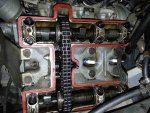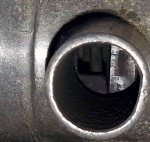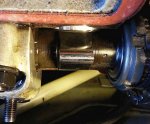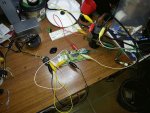I went looking for manual gearbox additive around the local car accessory chains and I couldn't find any Wynns product or anything else. There are some online from the USA but not in Australia. Does anyone have any suggestions?
Cheers, Ken
Nulon G70 Gearbox & Differential Treatment - 125g | eBay
Works miracles in worn gearboxes.... Highly recommended, especially for improved cold changes.
seeya
Shane L.





